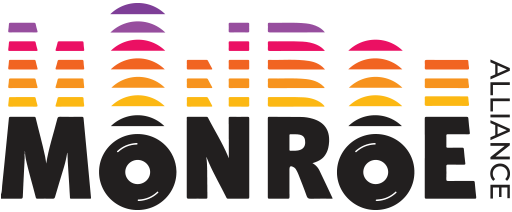Partner:
University of ThessalyUniversity of Thessaly
Contemporary mobile devices are equipped with multiple radio access capabilities, and the role of Mobile Broadband Networks (3G/4G and beyond) and WiFi technologies (IEEE 802.11 a/g/n/ac) is dominant in the market of mobile devices. In such a highly heterogeneous environment, several questions arise regarding which technology or combination of technologies should the end-user adopt and when it should handoff to another available in-range technology. Moreover, such decisions widely affect the performance of other users operating inside the same cell. Towards addressing these questions, we employed appropriate experiments in the MONROE-DAPHNE (DynAmic Pricing in HetNEts) project.
We focused on a multi-Radio Access Technology (RAT) environment and we provided a solution based on the Paris Metro Pricing (PMP) scheme. The concept of this pricing scheme is to provide differentiated service classes for customers who desired to avoid being congested, thus willing to pay a different ticket price. The proposed solution of DAPHNE extended the classic PMP policy by inducing dynamic prices for each RAT, formed by the congestion of each available technology for users with multiple traffic classes. Users are then enabled to choose where to allocate each of their traffic classes, establishing concurrent connections with multiple RATs. We investigated the performance of our dynamic PMP scheme taking into consideration a mobility model of the interested users. Through simulations and testbed experimentation we provide evaluation results on the average throughput, the acceptance capability of the incoming users and how these performance metrics are affected under different mobility conditions.
MONROE-DAPHNE is a step towards the direction of future 5G deployments, which are envisioned with dense multi-RAT heterogeneous networks and various traffic classes. Specifically, the project has developed mechanisms that efficiently aggregate the capacity and coverage of diverse existing access technologies.

